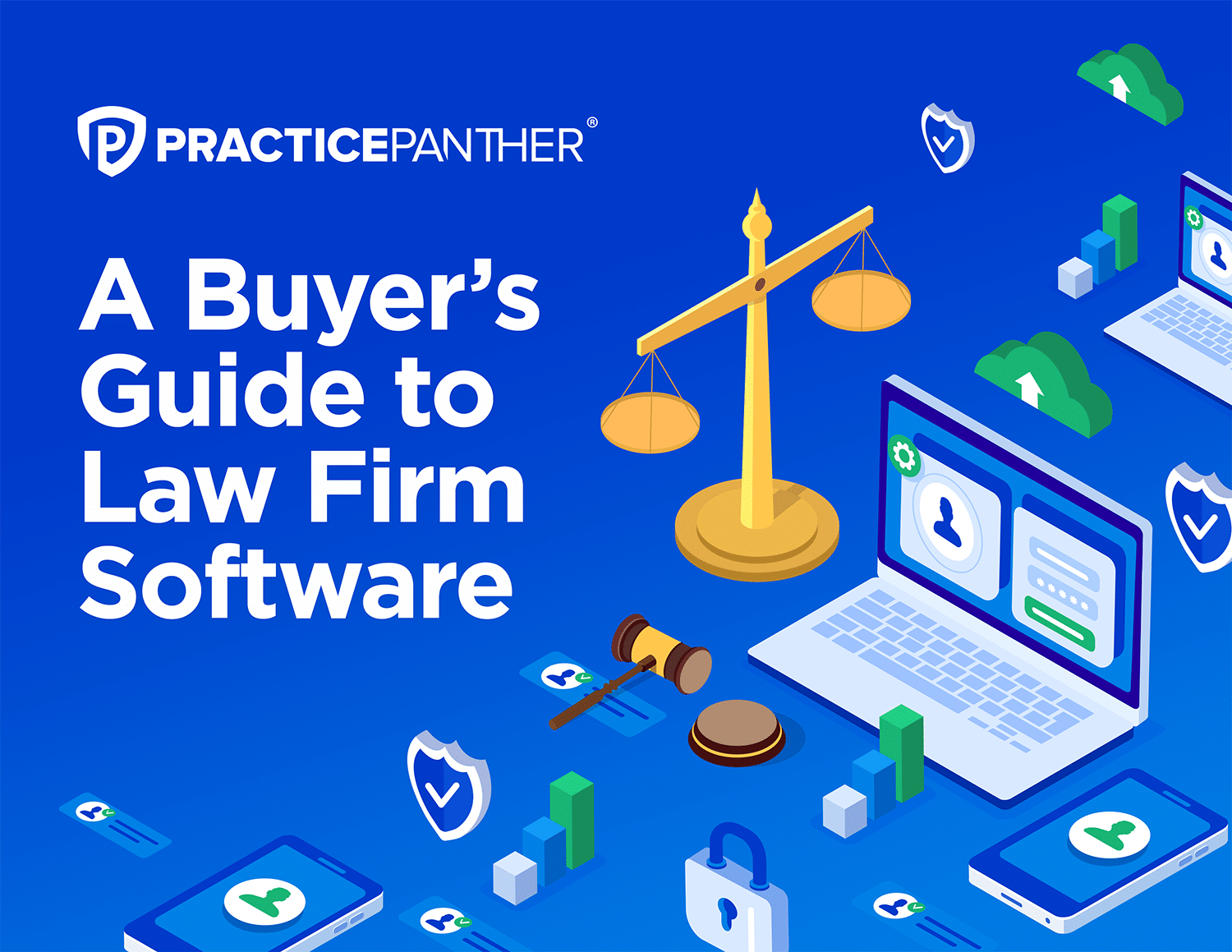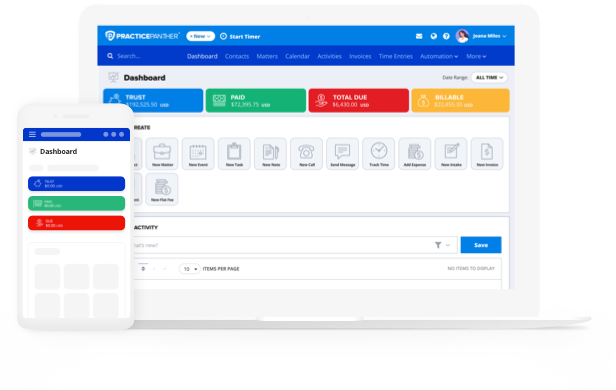For the purpose of running a successful law practice, all clients are not created equal. As a lawyer, a critical element to running a fruitful practice is managing your time in an efficient manner. How and where you invest your time can make all the difference.
Invest in Clients Who Have Already Invested in You
Imagine you’re standing in front of an apple tree teeming with fresh apples. Some of these apples are literally right in front of your face, while others are way up high in the tree. For the sake of efficiency, which apples would you select?
The lower apples seem like the obvious choice, yet many still go after the harder-to-reach ones. When looking for low-hanging fruit, a great place to start is with existing clients, focusing on opportunities that offer the highest value for the time invested.
Of course, before picking apples, seeds must be planted and trees nurtured. In the context of leveraging existing clients, there’s a common myth that needs to be dispelled — the belief that good service alone guarantees client loyalty.
Learn How to Develop Client Loyalty with Intent
Times have changed and so must you in the way you manage your client relationships. Statistically, it’s six times more work and energy to find a new client rather than to keep an existing one. That being said, we all have to step up our game to insure that client loyalty is developed with intent. One of the best ways to accomplish this is to develop a client retention and loyalty plan.
3 Steps to Plan for Client Retention and Loyalty
Before dismissing the idea of creating a plan, consider that it shouldn’t take more than an hour and could be the difference between success and failure in maintaining and growing a law practice. Here are the three important elements of a client retention and loyalty plan:
Step 1: Rank Your Clients in a List
Create a list of key clients and rank them as “A, B, or C” clients. Since not all clients are equal, it’s important to carefully assess their value. Using three specific qualifiers can help determine whether a client falls into the “A,” “B,” or “C” category.
Ask yourself the following questions about each client — and be honest.
- How good is my relationship?
- Can I develop and expand this relationship?
- Are we friends socially or is our relationship more transactional in nature?
- Does the client call me for general business advice or just about the deals?
- Have I helped my client in ways beyond providing legal advice?
Next, try to determine how much opportunity the client has to grow or how connected this client may be.
- Does the client have a solid network of decision makers that they can introduce me to?
- Is the client’s company growing and expanding?
- Are there opportunities to cross-market and share work with my partners?
The last factor in determining who to invest the most time with relates directly to the amount each client has invested with you and if you like or dislike this client.
- Does this client invest a significant amount of dollars with me or did they invest almost nothing a few years ago?
- Was this client a complete nightmare to deal with?
- Did the client cost my firm money due to poor follow-through?
- Did the client continually question and argue my rate?
Based on these three factors and any others that you believe to be important, invest 20 minutes to create a master list of your top A, B and C clients so that you can move on with step two of this plan.
Step 2: Use the Ranked List to Determine Which Clients to Invest In
Develop a list of contact and relationship building points to help ensure that we are investing the right amount of time with the right clients. Based on their ranking, you are going to do more for the higher-ranked clients and less for the lower-ranked clients. To be clear, if you have a “B” that you want to make an “A” then be sure to increase the amount of touch points with that specific client.
Here are a few examples of different touch points that you can use to develop stronger and stickier relationships:
- Schedule a lunch or coffee meeting with your client.
- Go out for drinks and get to know one another better.
- Send a card on their birthday and for the holidays.
- Take your client to a game or concert they would enjoy.
- Call your client to see how you can help their business.
- Email or call your client to congratulate them on something they’ve accomplished professionally or personally.
- Email your client with an article that is relevant to their business. (You can use RSS feeds for this.)
- Invite your client to a firm event or another high level networking event.
- Be a resource for your client. Find them a new vendor, strategic partner, or an actual new client.
Use these ideas as a guideline to create your “A” column, where a number of these type activities would be used. The “B’s” would receive less contact and the “C’s” less again. For example, you might want to have lunch with your “A” clients four times a year, call each one monthly, email each one monthly and find a solid contact for her twice a year. Again, the “B” clients would get less of your attention and time, unless you want to make that client an “A-lister.”
These are just a few examples of how to maintain regular contact and foster long-term relationships with clients. An added benefit of these efforts is the potential for generating more business and valuable referrals. The stronger the relationship, the less likely a client is to leave over pricing, and the more receptive they are to providing referrals.
Step 3: Make Time to Communicate with Your Clients
Setting up a plan like this is a good start, but it won’t matter unless it’s actually put into action. Setting aside 30 to 60 minutes each week for “client loyalty and development time” is key. Without dedicating time to it, it will never happen.
Work and distractions will always try to pull you away from this important task. Look at your calendar and find a time each week when you’re least likely to be interrupted.
Develop Client Relationships to Retain Clients
What is a better use of your valuable time: choosing between retaining and developing relationships that already exist and have high potential for growth OR attending local networking events to essentially meet groups of strangers?
Though there is value in both activities, investing time with people who already know, like, and trust you bears fruit much more quickly.





